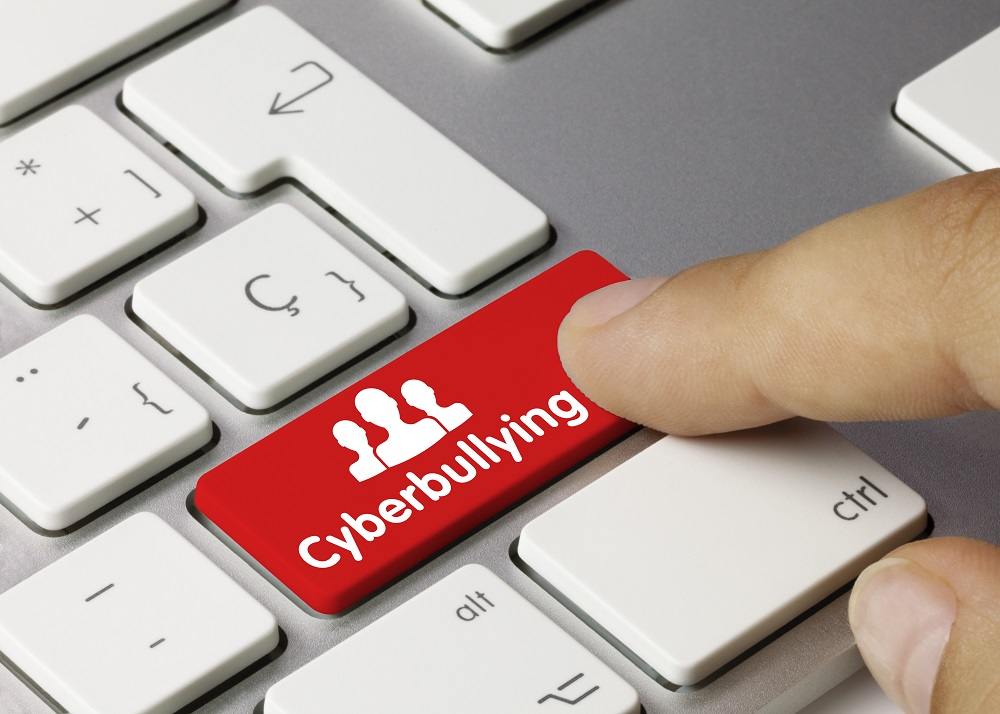Cyberbulling: Identify and Prevent
Author, Sam Brown, Vice President, Human Services Group, Rancho Mesa Insurance Services, Inc.
While schools and nonprofit agencies serving youth are typically very serious about preserving child safety, organizations’ leaders may not understand the risk factors or have a plan in place to prevent a growing threat: cyberbullying. The Cyberbullying Research Center states that about 28% of recently surveyed youth and teens have been the victim of cyberbullying in their lifetime, and 16% admitted to participating in cyberbullying. This article will define cyberbullying, identify risk factors, and list preventative measures.
Defining Cyberbullying
The Cyberbullying Research Center defines cyberbullying as “willful and repeated harm inflicted through the use of computers, cell phones, and other electronic devices.”
Identifying Risk Factors
According to the U.S. Department of Health and Human Services, young people who have difficulty interacting with others in-person are the most likely to participate in risky online behavior. According to StopBullying.gov, these are the following warning signs that a child is being cyberbullied or is cyberbullying others:
Noticeable increases or decreases in devise use, including texting.
A child exhibits emotional responses to what is happening on the device.
A child hides their screen or device when others are near, and avoids discussion about what they are doing on their device.
Social media accounts are shut down or new ones appear.
A child starts to avoid social situations, even those that were enjoyed in the past.
A child becomes withdrawn or depressed, or loses interest in people and activities.
Preventative Measures
In the Nonprofit Risk Management Center’s article entitled “Cyberbullying and Cyber Threats to Young People,” Lexie Williams lists useful preventative measures. This list includes:
Reparative Justice: Rule violations result in a concerted effort to repair damaged relationships between all impacted individuals. This approach has the potential to help the cyberbullying victim as well as the bully, reducing the likelihood of repeat incidents.
Behavior contracts for youth and teens, served by the organization, should explain how cyberbullying will be handled, and require a signature prior to an individual being allowed to use the Internet. This effort can be supported with training and supervision.
Establish consequences for youth who misuse technology, and follow a process for parent notification.
Reassure youth that being bullied is never their fault and provide training on what to do when they are the victim of bullying.
Keep computers and other technology in a shared and supervised area.
Convey to program participants the negative effects cyberbullying has on victims and perpetrators.
Bullying of any sort has negative effects on a nonprofit or school’s youth participants. Cyberbullying is the latest version, so an organization’s leaders must adapt to today’s tech savvy kids and the inherent risks technology can present.
Please contact Rancho Mesa Insurance Services, Inc. at (619) 438-6869 to access the “My Risk Assessment” tool and learn how to better protect your youth participants.

